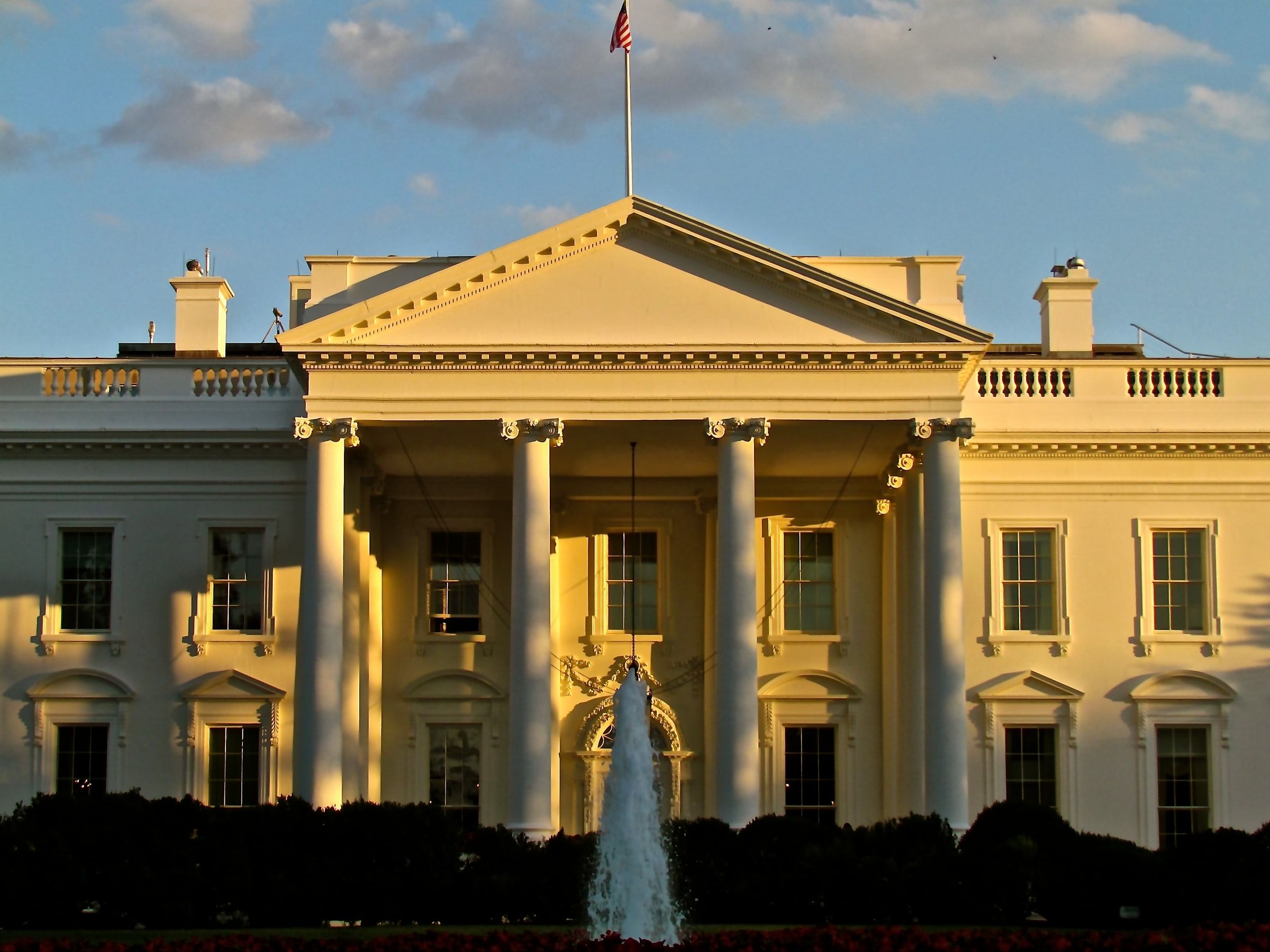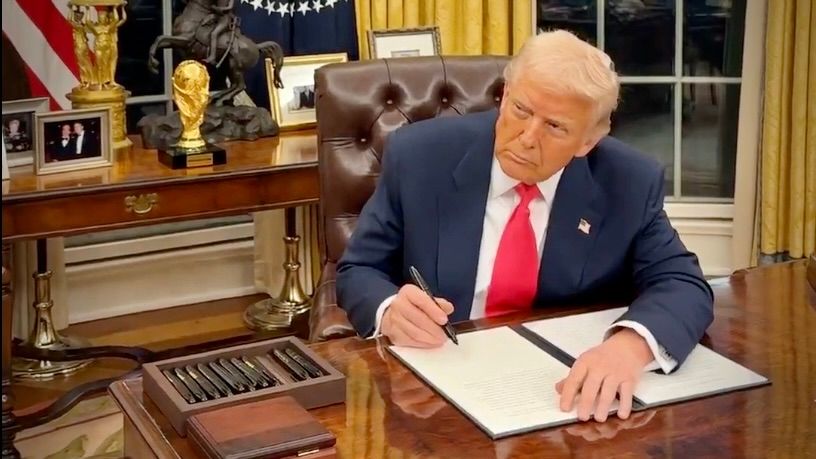Memecoins: A Big Business or a Wild Goose Chase?
Memecoins have become a significant player in the crypto space, dominating conversations and drawing attention from investors. Critics argue that memecoins are just a rehash of Jordan Belfort’s "Wolf of Wall Street" era, a world of unregulated securities and insider trading. However, this time, penny stocks have been replaced by on-chain memes, financialized in ways that make it seem like anyone can create and profit from them.
The Illusion of Simplicity
While memecoins may be marketed as accessible and egalitarian, the reality is far more complex. Memecoins thrive not only on mechanics but also on culture, tapping into internet humor, FOMO, and the gamified thrill of financial speculation. They are as much about community as profit, making them a reflection of the people who participate in them.
The Reality Behind Memecoins
Successfully launching a memecoin requires significant capital, a methodical approach, and often, insider connections. Many of these projects, which present themselves as grassroots or community-driven, are nothing more than anonymous pyramid schemes in disguise. If people understood the actual mechanics behind their success, they’d realize how inaccessible and orchestrated this supposedly "easy" path truly is.
The Role of Key Opinion Leaders
An unspoken rule in the world of memecoins is the pivotal role of Key Opinion Leaders (KOLs). These influencers are often integral to a token’s success, but their involvement is far from impartial. In many cases, KOLs are early investors, acquiring tokens at a fraction of the eventual launch price. By the time the token hits the market, they’ve already made substantial returns. In other cases, tokens are gifted directly to their wallets, further aligning their interests with the token’s success.
The Inherent Tension
This insider-driven approach creates a stark tension with the ethos of decentralization, which is meant to empower communities over personalities. The reliance on influencer-driven practices highlights an uncomfortable reality: in many cases, the cult of personality undermines the principles of equity and transparency that crypto is supposed to champion.
Conclusion
Memecoins have become a big business, with a market cap of around $140 billion at the time of writing. While some memecoins achieve success through genuine community engagement and shared enthusiasm, many more are orchestrated ventures. To navigate this ecosystem intelligently, it’s essential to understand the mechanics behind memecoins and the roles of KOLs and insiders. The reality is that memecoins are not a get-rich-quick scheme, but a complex system that requires careful consideration and attention to detail.
FAQs
Q: What is a memecoin?
A: A memecoin is a cryptocurrency that has gained popularity through internet humor, FOMO, and gamified financial speculation.
Q: How do memecoins work?
A: Memecoins work through a combination of mechanics, culture, and community engagement.
Q: Are memecoins accessible to everyone?
A: No, memecoins are not accessible to everyone. They often require significant capital, insider connections, and a methodical approach.
Q: What role do Key Opinion Leaders play in memecoins?
A: KOLs play a pivotal role in memecoins, often serving as early investors or influencers who promote tokens.
Q: Is the decentralized ethos of crypto compromised by memecoins?
A: Yes, the reliance on influencer-driven practices and insider connections undermines the principles of decentralization and equity.
Q: How can I protect myself when investing in memecoins?
A: To navigate the memecoin ecosystem intelligently, it’s essential to understand the mechanics behind memecoins, the roles of KOLs and insiders, and to do your own research.










